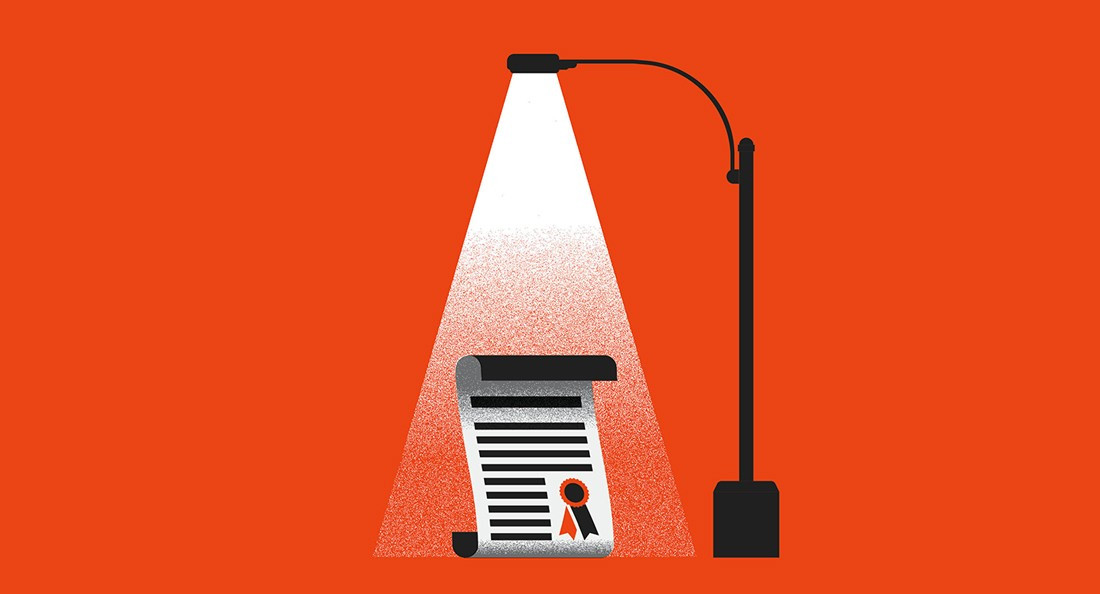Taking downtown out of the dark
New exterior lighting grant aims to increase safety
A new grant program from the City of Winnipeg is aimed at making downtown building owners reconsider lighting as a design element.
Marc Vachon, an associate professor of geography at the University of Winnipeg, says a building’s lighting is often the last thing thought about during its design process. Exterior lighting can be very expensive, so depending on whether a municipality deems public exterior light to be a private or public responsibility, lighting in public spaces can be very inconsistent.
“Winnipeg has a lot of dark alleys, and people are drawn to places that are well-lit. We feel more comfortable there,” Vachon says.
The new lighting grant, operated by the City Planning and Design Office, will provide successful applicants with $5,000 for professional design consulting fees and match up to $10,000 in installation costs for exterior lighting.
Kurtis Kowalke, the principle planner for the City of Winnipeg, says all types of buildings are eligible for the program, as well as parking lots.
It applies to “anywhere there’s an opportunity to take a property that’s underlit or doesn’t have exterior lighting and introduce that component to make a safer, more inviting area of the downtown,” he says.
“Our hope is that we really get a wide selection of applicants,” Kowalke says. “Hopefully, by the end of this program we’ve got many areas of our downtown that are better lit, that feel safer and feel more welcoming and more inviting.”
The program is part of the City’s multi-year and multi-pronged Downtown Public Safety Strategy that includes investment in closed-circuit television, safewalk programs and decommissioning the transit shelter outside of Portage Place and replacing it with a shelter “deemed safer for this high-traffic location.”
Vachon says, in principle, he thinks the lighting component of the plan is “a great idea” and could increase a sense of safety in the downtown area without necessarily contributing to defensive architecture.
Defensive architecture (also known as hostile architecture) includes things like bars in the middle of benches or installing spikes outside of storefronts – architecture that discourages a particular group of people, often those who are impoverished, from using a space.
He says businesses can use lighting in defensive ways, such as by using red exterior light to make people avoid sitting in front of a storefront at night or using blue light to make it difficult for heroin users to find their veins, which Vachon says does not necessarily decrease drug activity on the premises but instead often results in more complicated, imprecise and dangerous injections.
Vachon says whether or not the city will be largely granting proposals that use this defensive lighting, lights that are simply used for commercial purposes or lighting that genuinely makes for a safer downtown remains to be seen.
Published in Volume 73, Number 14 of The Uniter (January 17, 2019)







